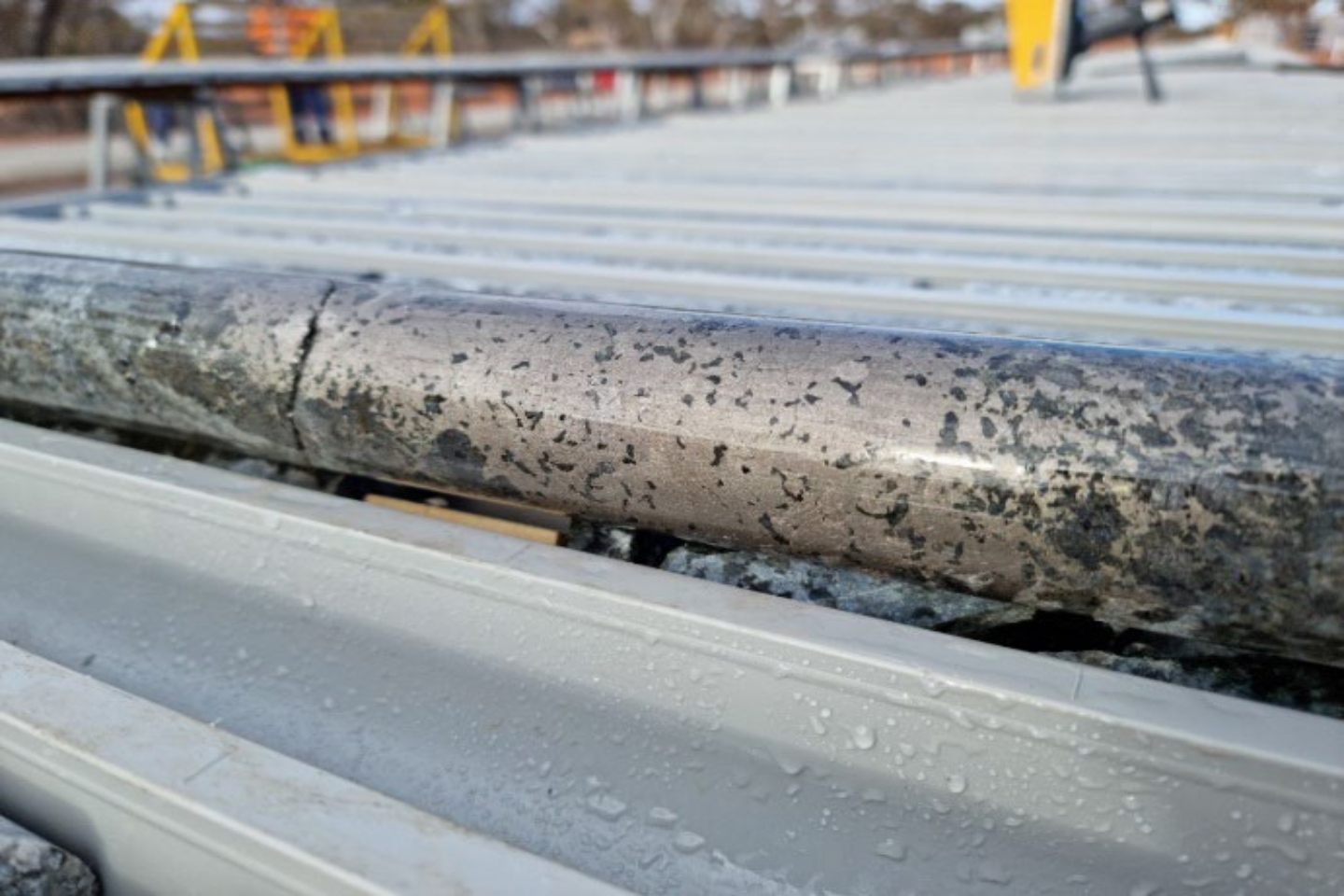Legend Mining will conduct a new 3D seismic survey at its Octagonal prospect in WA’s Fraser Range following the success of a similar survey at the company’s Mawson nickel, copper and cobalt discovery. The new 3D seismic survey will cover 24.5 square kilometres of Octagonal that forms part of the company’s flagship Rockford project.

Legend Mining will conduct a new 3D seismic survey at its Octagonal prospect in WA’s Fraser Range following the success of a similar survey at the company’s Mawson nickel, copper and cobalt discovery.
The company recently recorded massive nickel sulphides from a diamond drill campaign based on targets identified from a recently completed detailed 3D seismic survey that covered a 6.5 square kilometre area of the Mawson prospect.
The new 3D seismic survey will cover 24.5 square kilometres of Octagonal that forms part of the company’s flagship Rockford project.
Once the survey is complete, Legend will use the data to define and rank new diamond drilling targets for the 2023 field season.
The company says mineralisation at Octagonal shows all the characteristics of a fertile magmatic nickel-copper sulphide system similar to the Nova-Bollinger and Silver Knight deposits in the Albany-Fraser Belt.
Octagonal sits within the same structural corridor that host the Nova and Silver Knight intrusions and nickel-copper-cobalt deposits.
A maiden diamond drilling program at the Octagonal prospect last year hit a broad zone of blebby and semi-massive nickel-copper sulphides.
Legend Mining Managing Director, Mark Wilson said: “The results thus far of the five diamond holes drilled at Mawson this year have confirmed the effectiveness of seismic as an exploration tool at the Rockford Project. These results have encouraged Legend to commit to a new +$1M 3D seismic survey at the Octagonal prospect.”
googletag.cmd.push(function() { googletag.display('bn-dfp-article-lb2-advert'); });The greater Rockford project covers more than 3000 square kilometres of tenure within the celebrated Fraser Range, about 250km east of Kalgoorlie.
The region was highlighted nearly a decade ago following Sirius Resources’ Nova-Bollinger nickel, copper and platinum discovery about 120km away.
A 14.3 million tonne resource going 2.3 per cent nickel and 0.9 per cent copper has subsequently been defined at the now producing Nova-Bollinger mine operated by mining giant IGO Limited.
A characteristic feature of the Nova-Bollinger and Silver Knight deposits is their distinct “eye” shaped signature in aeromagnetic data. Previous explorer, the Creasy Group, targeted similar “eye” shaped features in regional aeromagnetic data by conducting broad-scale soil geochemical surveys and air core drilling that confirmed the presence of highly favourable intrusive mafic-ultramafic host rocks, including at the Octagonal Intrusive Complex.
Legend says ongoing exploration at the site will include downhole geophysical surveys on all diamond drillholes, regional air core drilling across highly ranked regional targets and further innovative geophysical surveys across highly ranked regional targets.
The data collection phase of the survey is scheduled to begin in October results expected by the end of May next year.
Is your ASX-listed company doing something interesting? Contact: matt.birney@businessnews.com.au














